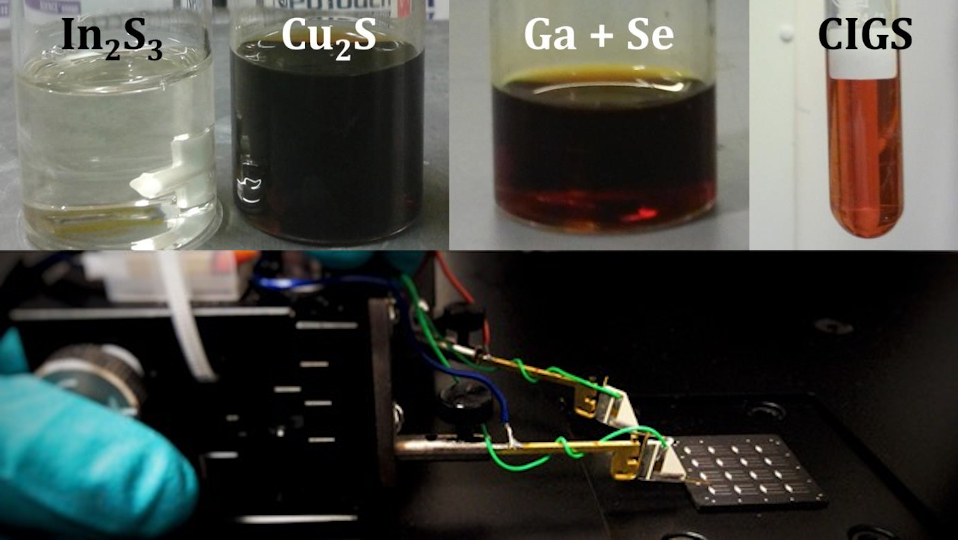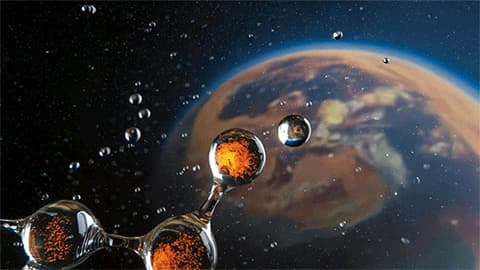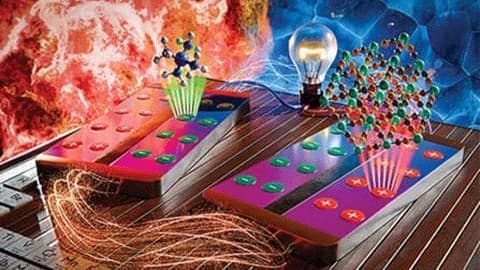PV Materials and Devices
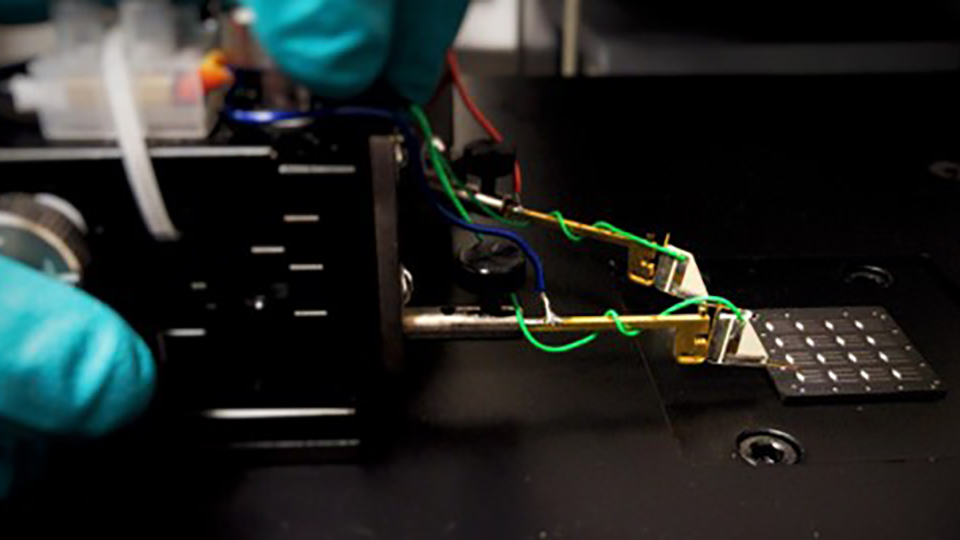
The world market for photovoltaic modules was 2.5GW in 2006 and has grown almost exponentially since, exceeding 120GW in 2019. This extraordinary growth is expected to continue, driven by increasing energy demand, security of supply issues and concerns over global warming. To enable this growth, the cost of modules has reduced dramatically over the past five years and as a result, solar power is currently the single fastest growing source of electricity generation worldwide.
Our Aim
Our research is aimed at reducing the cost of solar-generated energy by improving the performance and manufacturing of next generation thin film solar cells and by addressing key problems with current solar panels. This will be achieved in the following ways:
- We are using advanced analytical techniques to understand how the microstructure and composition of photovoltaic devices can be improved to yield higher efficiency. These techniques include transmission electron microscopy, NanoSIMS, and cathodoluminescence.
- We are investigating new manufacturing methods to lower the cost of device production processes. We are developing new processes using vacuum deposition methods similar to those used by the PV industry. We are also developing atmospheric-compatible processes to eliminate high vacuum.
- We are developing more efficient coatings for module cover glass for anti-reflection (to increase light transmission), super-hydrophobic coatings for anti-soiling and infra-red reflection coatings to reduce module temperatures.
- We are developing new transparent conducting thin films for single junction solar cells, tandem devices and for other important applications such as displays.
- We are identifying the causes of degradation of photovoltaic devices and coatings using a battery of accelerated laboratory tests and real outdoor testing.
The outcomes and impacts so far include:
- Conversion efficiency of 20.1% for thin film CdSeTe solar cells achieved with colleagues at Colorado State University. This is a world record for non-industrial research.
- Explanation for the passivation roles of Selenium in record breaking CdSeTe photovoltaic devices.
- Improved understanding of the ways in which the Cadmium Chloride activation process increases the efficiency of thin film CdTe solar cells.
- Design of broadband anti-reflection coatings to increase the current density from all types of photovoltaic solar cells by >3%. Extension of the design to include infra-red reflection for module cooling.
- Achieving a conversion efficiency of >12% with an atmospheric-solution based process for CIGS solar cells.
- Transparent conductor.
- Development of a super-hydrophobic, anti-soiling coating for module cover glass.
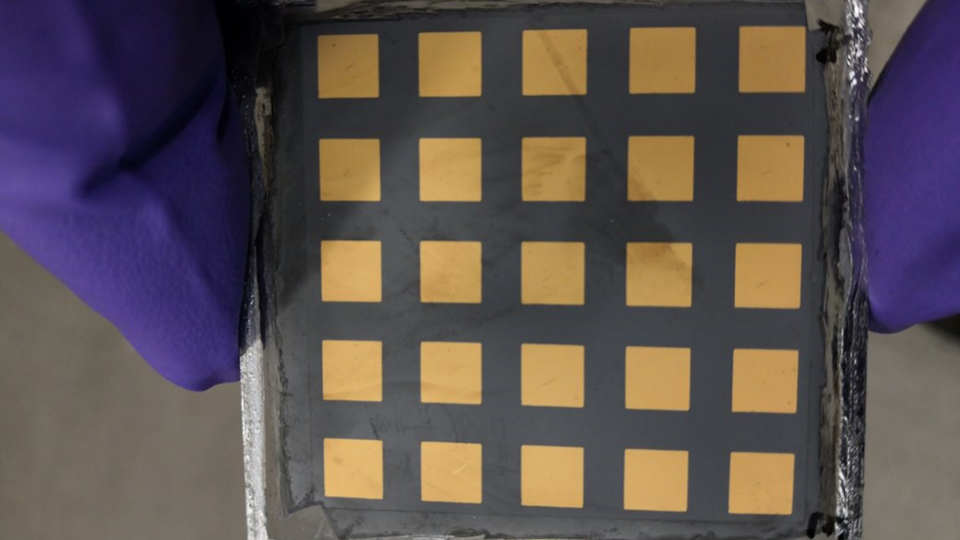
.png)
